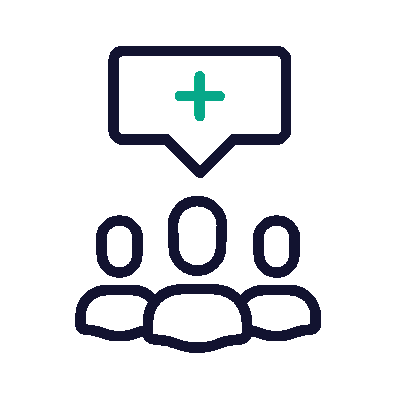Help to Buy: Inside the scheme that promises to make you a homeowner
The $10,000 cap increase and updated thresholds – announced in March ahead of the federal election – are more in line with local market conditions and have the potential to significantly broaden access to the market.
The scheme is set to provide an easier pathway into the property market for 10,000 people each year, whereby the federal government makes contributions of up to 40%, while prospective buyers will only need a 2% deposit.
Savings calculator: How soon can you reach your goal deposit?
“Many aspiring buyers today earn above previous eligibility thresholds but still cannot accumulate a deposit or secure a sufficient loan due to high property prices and borrowing constraints,” says Mortgage & Finance Association of Australia chief executive Anja Pannek.
Prior to the government’s changes to the scheme in March, individuals had to earn less than $90,000 to be eligible for a subsidised entry into the market; this cap has now been increased by $10,000.
The increase now means Australians aged 18 and over who do not own property in Australia or overseas are eligible to enter the market with a deposit of just 2%, providing their income is less than $100,000 per year.
The threshold for couples has increased from $120,000 to $160,000, while single parents are assessed against the $160,000 joint applicant cap.
New price caps on offer
New property price caps linked to average house prices across each state and territory are set to broaden buyers’ range of choice.
'Home loan deposit myths': youtube.com/mortgagechoice
In Sydney and other regional centres of New South Wales, the cap is $1,300,000, while the price cap for Melbourne is $950,000.
Home buyers in Brisbane and the Australian Capital Territory have a new cap of $1,000,000. Adelaide’s new cap sits at $900,000, while Perth’s is an $850,000 cap.
Housing Industry Association managing director Jocelyn Martin welcomed the revised property price caps as adequate.
“They've got to balance the caps with people's capacity to borrow, there is no sense in raising the cap because the market says so,” she explains.
“In Sydney for instance, where the cap is $1.3 million. I would be surprised that cap would actually get much at all.
“I think the caps in Brisbane, I think its $1 million and I think that probably does allow people some choice, and is about the right amount of money for the scheme.”

The cap of $1,000,000 in Brisbane is an attractive offer against the average home price of $882,000. Picture: Getty
A balance of supply and demand
Real Estate Institute of Australia president Leanne Pilkington says the institute supports the scheme but is mindful that initiatives designed to increase buyer demand potentially will have an impact on property prices.
“We really need to be focusing on supply at the same time,” she says. “It’s a hard balance for the government but we're definitely supportive of anything that is home buyer centric.”
As to whether the 40,000 places on offer within the scheme across a four-year period will be sufficient, Ms Pilkington said the program should be assessed often.
“They need to have a look at the take up, who it is that’s taking it up, who’s not and why not?” she says. “If there is more demand than they need to look at what they can do.”
Meanwhile, Ms Pannek acknowledged 10,000 places was a welcome start.
“It’s important to note that Help to Buy is one of several schemes currently available at the state and federal level – including the long-running Home Guarantee Scheme (HSG) – and its effectiveness will be shaped by how it complements or overlaps with these programs,” she adds.
In the case of past federal home buying schemes, such as the HGS, its popularity meant that further places had been progressively added.
“While it remains to be seen if this will be the case with Help to Buy, there’s no doubt demand will shape place numbers in future years,” Ms Pannek says.
A welcome homebuyer initiative
Ms Martin says while she welcomed any initiative which supported first homebuyers, Help to Buy – which has yet to really come into effect – was probably one of the more complex options.
“I think you've got to look at it as part of the suite of all the options for first homebuyers,” she notes.
“I think it will suit a small cohort of people. It will also help people that would have a very low deposit… so it really is a very specific cohort of people who probably have never, ever entertained home ownership in the past.”

Concerns have been raised by industry professionals around what happens to properties once they are sold. Picture: Getty
However, Ms Martin explains there are aspects of the scheme that were still uncertain, for example, such as what happened when the property was later sold.
“I know that the simple answer is that the equity contribution gets paid down when the property is sold,” she says.
However, more detailed answers around insurances and what happened if a couple who buy a home using the scheme break up, needed more explanation.
Ms Pannek adds while the scheme was not yet operational and enabling legislation had only been passed in Queensland, the re-election of the federal labor government provided certainty on Help to Buy’s future.
“The MFAA will be working closely with the Government and Housing Australia – Australia’s national housing agency and the administrator of the scheme – on rolling Help to Buy out nationally,” she confirms.
Applications for the Help to Buy scheme are expected to open later this year.



